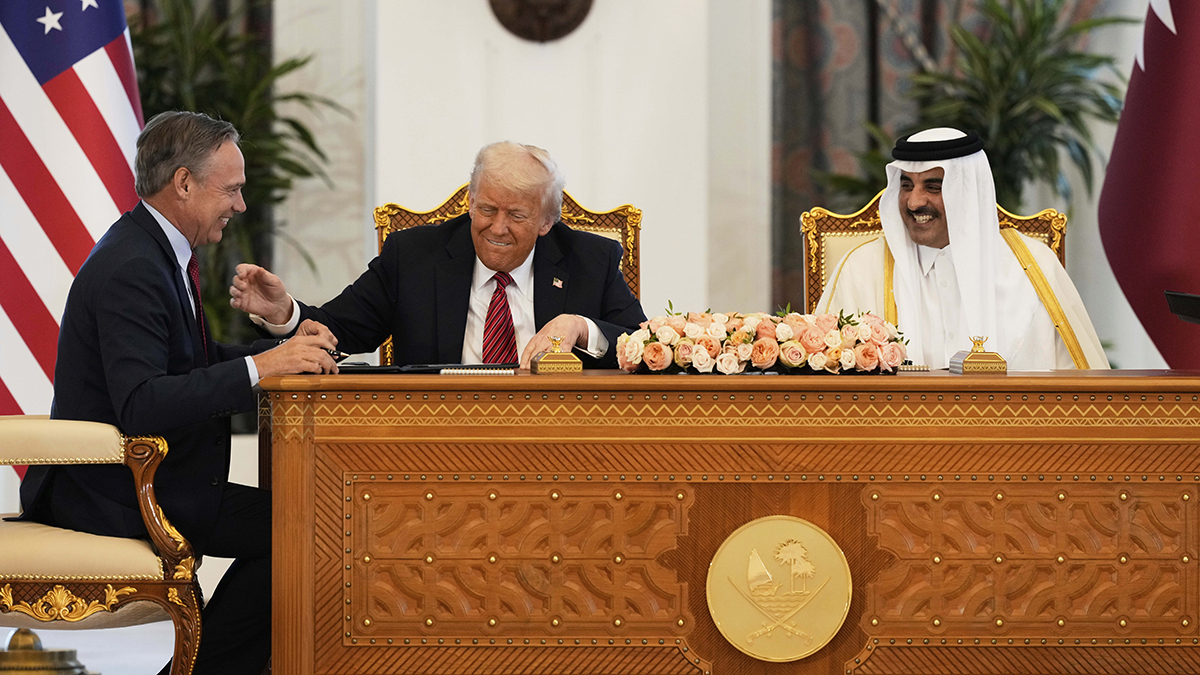Fintech's Resilience Test: Can They Survive Lower Rates?
Fintech's High-Interest Hangover: Can They Survive the Rate Dip?
The Fintech Boom Built on Borrowed Time?
Remember 2022? It wasn't exactly a party for fintech companies. Rising interest rates felt like a punch in the gut, sending valuations tumbling. But, like a phoenix from the ashes (or maybe just a slightly bruised bird), many fintechs rebounded, even thrived, in the high-interest rate environment of 2023 and early 2024. Companies like Robinhood, Revolut, and Monzo, saw their bottom lines get a serious boost. The magic ingredient? Higher interest rates.
But here's the looming question: can this fintech fairytale continue? With whispers (and sometimes shouts) of declining interest rates on the horizon, the resilience of these business models is about to be put to the ultimate test. Lindsey Naylor, partner at Bain & Company, aptly describes it as "a test of the resilience of fintech firms' business models." So, let's dive in and see if these fintech giants are built to last or if they're just houses of cards built on artificially inflated interest rates.
Understanding the Interest Rate Rollercoaster
Before we go any further, let's quickly recap why interest rates matter so much. Think of interest rates as the price of money. When they're high, borrowing money becomes more expensive, and saving money becomes more rewarding. When they're low, the opposite is true. For fintechs, this difference has a massive impact on their profitability.
Net Interest Income: The Golden Goose
The key phrase here is "net interest income." This is the difference between the interest a fintech earns on loans and other assets, and the interest it pays out to its customers, for example, on savings accounts or money market funds. Higher interest rates generally mean a wider gap and, therefore, more profit. It’s like the difference between buying wholesale and selling retail – the bigger the spread, the better the profit.
The Initial Pain of Rate Hikes
Let's not forget the initial shockwave of rising interest rates in 2022. Many fintechs saw their valuations plummet because higher rates generally slow down economic activity, reducing consumer spending and business investment. This directly impacts fintechs that rely on transaction fees or loan origination.
The Unexpected Upswing: How Fintechs Profited
So, how did fintechs turn the tide? The answer lies in their ability to adapt and, in some cases, capitalize on the changing landscape.
Floating Rate Assets: A Sweet Spot
Many fintechs hold assets that are tied to prevailing interest rates, like loans with variable interest rates. As rates went up, so did the income generated from these assets. It's like having an investment that automatically adjusts to inflation – a great hedge against a rising rate environment.
Rapid Repricing: Quick Adjustments
Fintechs are often nimbler than traditional banks when it comes to repricing their products. They can quickly adjust the interest rates they charge on loans and the rates they offer on savings accounts, allowing them to capture a larger share of the increased interest income.
The Turning Tide: Lower Rates Looming
Now, the pendulum is swinging back the other way. With inflation showing signs of cooling, central banks are signaling a potential shift towards lower interest rates. What does this mean for those fintechs that have been enjoying the high-interest gravy train?
Shrinking Net Interest Income: A Profitability Pinch
As interest rates decline, the gap between what fintechs earn on their assets and what they pay out to their customers will likely shrink, squeezing their net interest income. This is where the rubber meets the road. Can these companies maintain their profitability in a lower-rate environment?
The Resilience Test: Diversification is Key
This is where diversification becomes critical. Fintechs that have built their businesses on a broad range of products and services – not just interest-rate-sensitive ones – will be better positioned to weather the storm. Think of it as having multiple revenue streams – if one dries up, the others can help keep the business afloat.
Beyond Interest Rates: The Importance of Innovation
While interest rates are a significant factor, they are not the only determinant of success for fintech companies. Innovation, customer experience, and technological prowess are equally important.
The Power of Technology: Efficiency and Scale
Fintechs have a distinct advantage over traditional banks in terms of technology. They can leverage cutting-edge technologies like AI, machine learning, and blockchain to improve efficiency, reduce costs, and personalize customer experiences. This can help them maintain profitability even when interest rates are less favorable.
Customer-Centricity: Building Loyalty
Fintechs that prioritize customer experience and build strong relationships with their customers will be better positioned to retain those customers, even if interest rates on savings accounts become less attractive. Think personalized financial advice, seamless mobile experiences, and responsive customer support – these are the things that build loyalty.
Navigating the Future: Strategies for Success
So, what can fintechs do to prepare for a lower-rate environment?
Diversify Revenue Streams: Beyond Interest Income
This is the most crucial step. Fintechs need to explore new revenue streams that are less sensitive to interest rate fluctuations. This could include offering new products and services, expanding into new markets, or focusing on fee-based services.
Optimize Operations: Efficiency is King
Reducing costs and improving efficiency is always a good idea, but it becomes even more critical in a low-rate environment. Fintechs should look for ways to streamline their operations, automate processes, and reduce overhead.
Invest in Innovation: Stay Ahead of the Curve
Continuous innovation is essential for staying ahead of the competition. Fintechs need to invest in research and development, explore new technologies, and develop innovative products and services that meet the evolving needs of their customers.
The Fintech Future: A Cautiously Optimistic Outlook
While the prospect of lower interest rates presents a challenge for some fintechs, it also creates opportunities. The companies that can adapt, innovate, and diversify their revenue streams will be well-positioned to thrive in the long run. It's not about fearing the dip, it's about preparing for it and emerging stronger on the other side.
Conclusion: Staying Afloat in Choppy Waters
The era of high-interest-fueled profits for fintechs is likely coming to an end. The decline in interest rates will undoubtedly test the resilience of their business models. However, those fintechs that have diversified their revenue streams, optimized their operations, and continue to innovate are well-positioned to weather the storm and continue to thrive in the ever-evolving financial landscape. The key takeaway? Adapt or perish.
Frequently Asked Questions
Here are some frequently asked questions about fintechs and interest rates:
What exactly is net interest income and why does it matter?
Net interest income is the difference between the interest a financial institution earns on its assets (like loans) and the interest it pays out to its customers (like on savings accounts). It's a key indicator of profitability, especially for businesses that rely on lending and borrowing.
How will lower interest rates affect my savings account at a fintech company?
You can expect to see lower interest rates on your savings accounts as benchmark rates decline. Fintechs will likely reduce the interest they pay on deposits to maintain their profit margins.
What are some ways fintechs can diversify their revenue streams?
Fintechs can diversify by offering new financial products (like insurance or investment services), expanding into new geographic markets, or focusing on fee-based services (like financial planning or premium account features).
Are all fintechs equally vulnerable to interest rate changes?
No. Fintechs that rely heavily on interest-rate-sensitive products, like lending, are more vulnerable than those with diversified revenue streams and a strong focus on technology and customer experience.
What are some of the benefits fintechs offer compared to traditional banks?
Fintechs often offer lower fees, faster transactions, more personalized customer experiences, and innovative products and services due to their agile technology and customer-centric approach.


